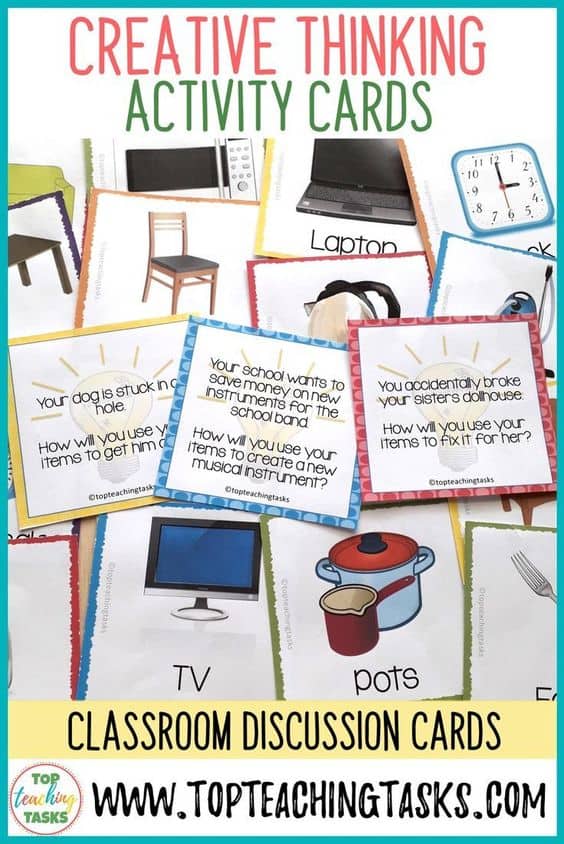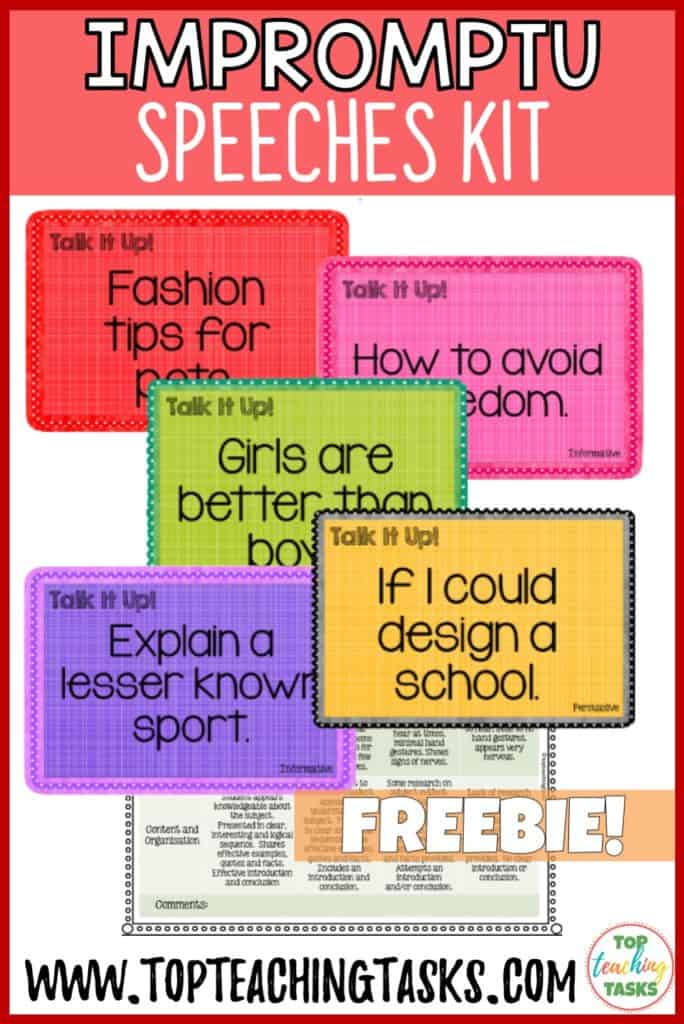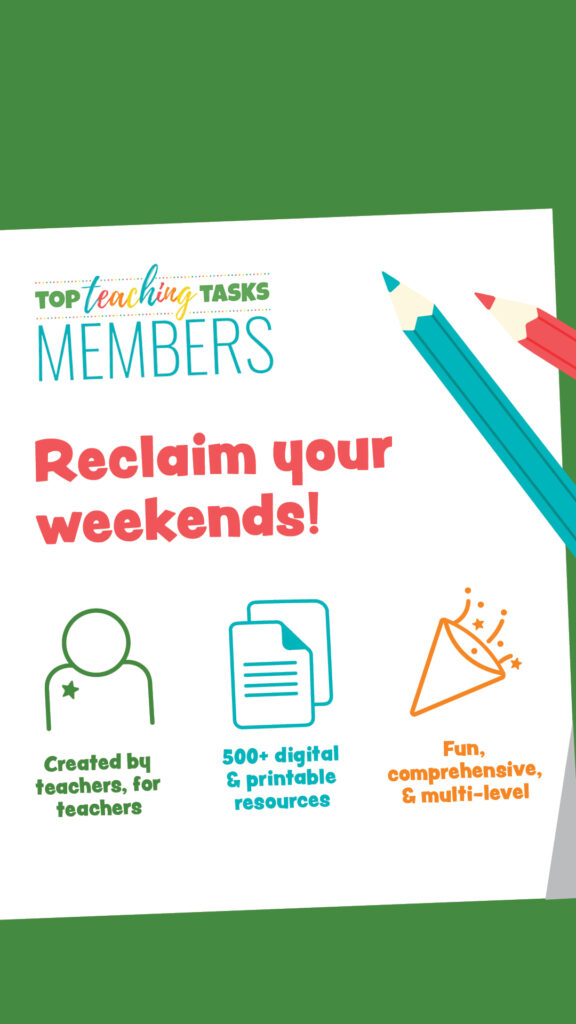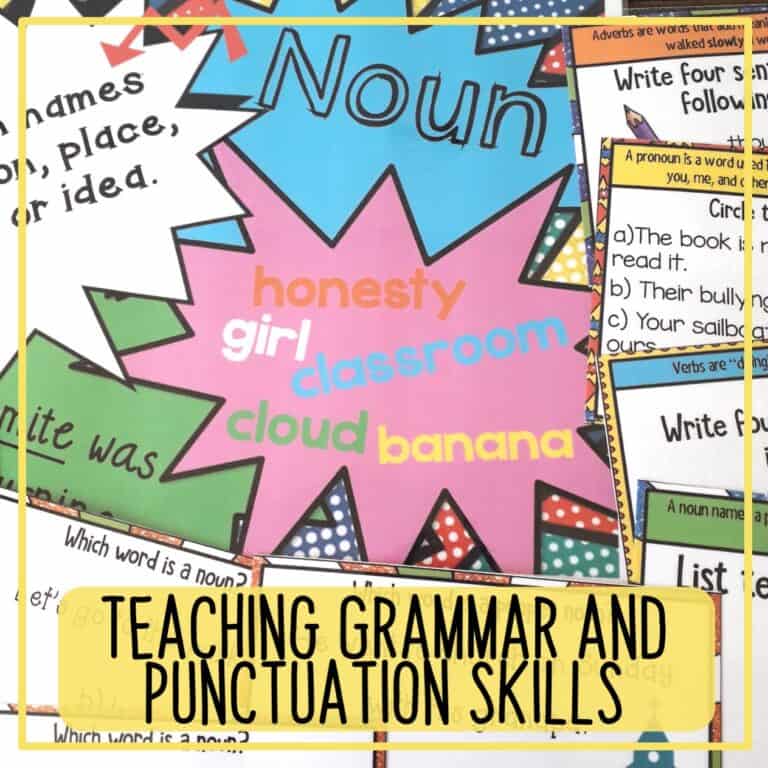Why The Art of Public Speaking Is More Important Than Ever
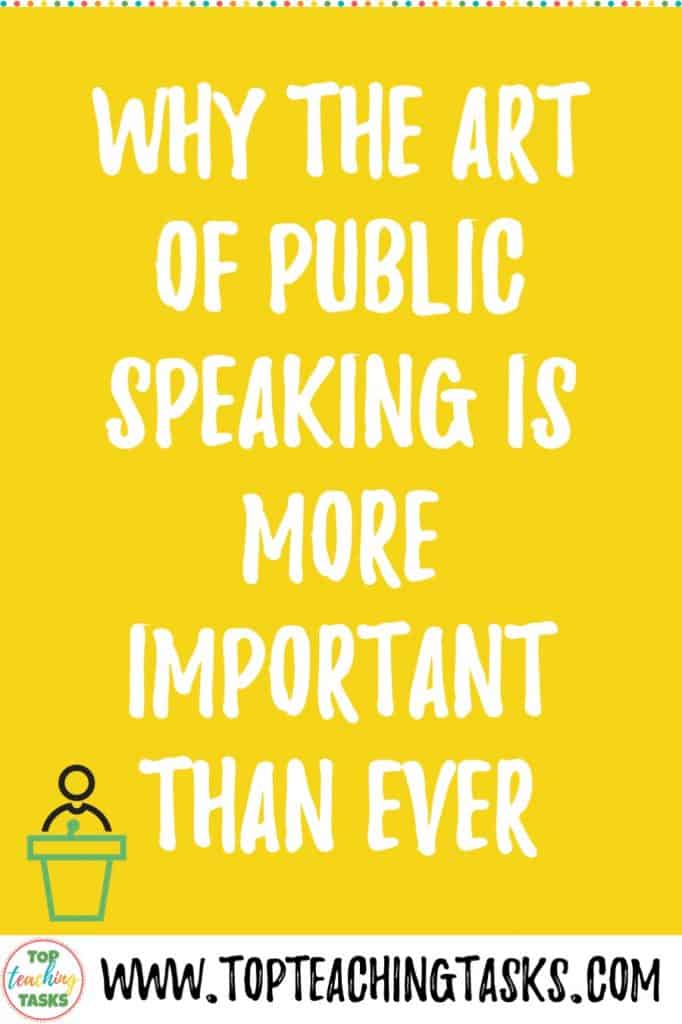
The 21st-century skills of creativity, collaboration, and communication are vital for our students as they enter adulthood in a quickly changing world. Therefore, the art of public speaking and the ability to prepare and deliver a speech are even more important skills than ever.
Why The Art of Public Speaking Is More Important Than Ever
In this digital age, our students are growing up in a world significantly different than the one that we, as teachers, grew up in. New devices, websites and apps can keep us connected virtually around the world 24 hours a day, seven days a week, and the ways in which we communicate with each other have changed and developed rapidly. The job market is also rapidly changing.
As the forces of globalization, automation and artificial intelligence combine to disrupt every career and to eliminate millions of jobs, the ability to communicate, inspire, collaborate and motivate became more important, not less.
We need to be building skills within our students to think creatively, to work collaboratively, and yes, to speak confidently. These skills that were often seen as “soft” skills are now more vital than ever.
A public school in England, School 21, has sought to make the teaching of oral language and spoken language skills as important as literacy and numeracy. The Co-Founder and Executive Headteacher at School 21 states:
One of the biggest barriers to the students we serve really getting on in life is a lack of good communication skills. We need to elevate speaking to the same level as reading and writing.
Teaching Public Speaking Skills
In this blog post, I’ve put together some suggestions for how to teach public speaking skills in your classroom.
- Take the Pressure Out of Public Speaking
- Investigate Great Speeches
- Build a Framework for a Great Speech
Take the Pressure Out of Public Speaking
- If the first time your students speak in front of your class is your speech/public speaking unit, there is something wrong going on!
- Provide regular, DAILY, opportunities for your students to speak to small and large groups in your classroom:
- Think – Pair – Share
- Classroom discussions and debates
- Sharing their writing
- Maths Talk Moves Discussions
- Creative Thinking Task Cards
- Drama
- Recording their voice on apps for a variety of purposes:
- News reports
- Podcasts
- Radio stations
Remember, if your students are used to speaking in front of each other, the process of presenting speeches will be far less daunting.
Investigate Great Speeches
Use Youtube to find examples of great speeches. These help students to see the elements of quality public speaking and show them that yes, it can be done!
Some of my favourites are below.
Kid President – A Pep Talk from Kid President, Running Time: 3:27
Adora Svitak – What adults can learn from kids, running time: 8:12
The following video from Nancy Duarte – The Secret Structure of Great Talks is quite long, with a running time of 18 minutes, but I had to include it because I found it so fascinating! She has broken down the key elements in a range of famous speeches to really hone in on what makes a great speech. If you don’t think your students could watch it all in one go, you could always watch it in chunks.
Other popular speakers you could search for on YouTube:
- Martin Luther King
- Winston Churchill
- Malala Yousafzai
I would also recommend checking out Mocomi, a website for kids that displays a range of famous speeches from well known public speakers.
Build a Framework for a Great Speech
A really engaging way to co-construct a framework for a great speech is to personally model an example of both a great, and a terrible, speech!
Firstly, stand up in front of your class and give an example of a poor speech.
For example:
- No eye contact
- Shuffling feet and a weak stance
- A quiet, muffled voice
- A monotone voice
Model an example of a great speech
- Excellent use of eye-contact
- Varied voice tone
- Clear volume
- Effective hand gestures
- A strong and confident stance
Once you have shown these examples, brainstorm with your students the elements of an effective speech. You can use these as success criteria when they present their own speeches.
Use our Speech topic cards
Save your time and set up your students for success with our Speech Topic Cards resource. This includes 108 speech ideas suitable for both formal/prepared and impromptu speeches. We have also included assessment rubrics for both the teacher and students (in kids speak). These cards come in three genres: Persuasive, Informative and Entertaining.
Click here to see our Public Speaking Topic Cards.
Another way to encourage oral language in your classroom is to combine it with creative thinking. You can learn more about this in our recent blogpost. Click here to read more about Creative Thinking Activities for your Classroom.
Click here to see our Creative Thinking Cards – great to encourage class discussion skills.
Did you say freebie?
I’ve put together a FREE Impromptu Speech Kit that includes a teaching rubric and a range of speech topic cards. Sign up for our free resource library and download these today.
Have a great week,
Join our membership
Onwards and upwards!



